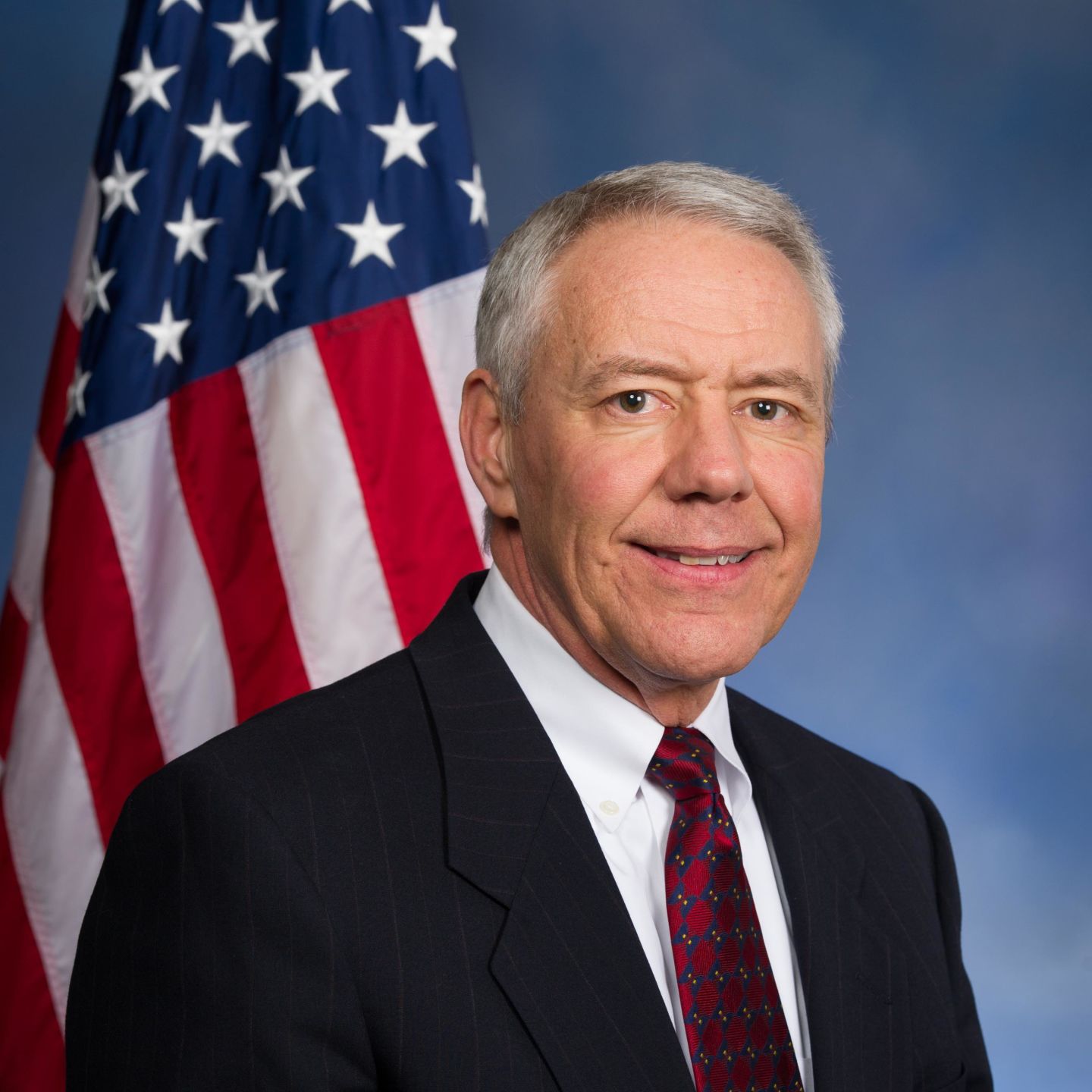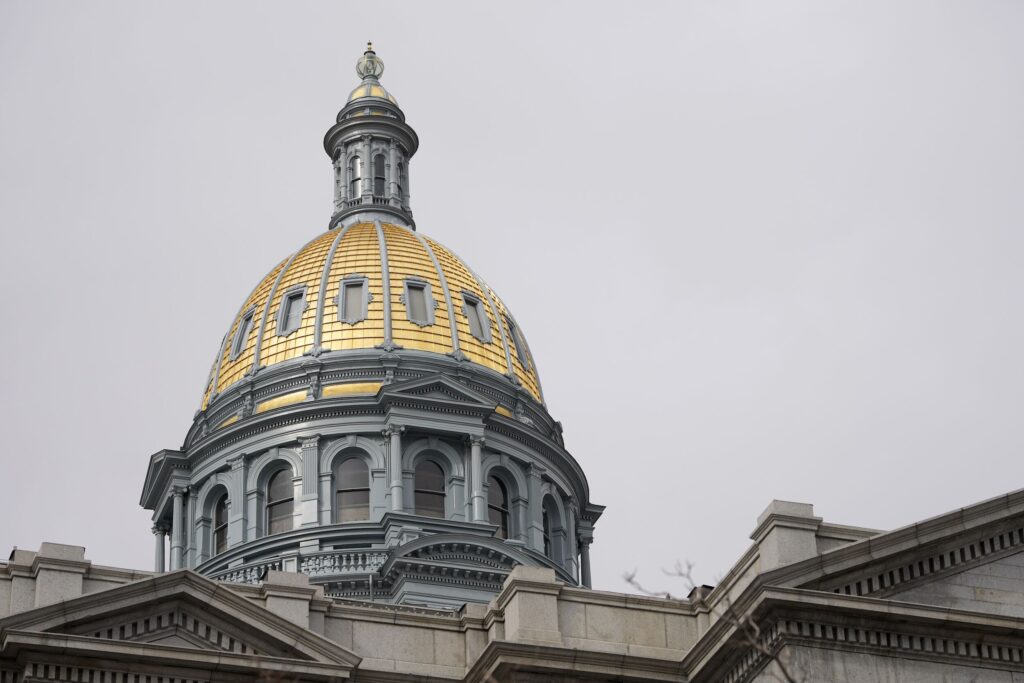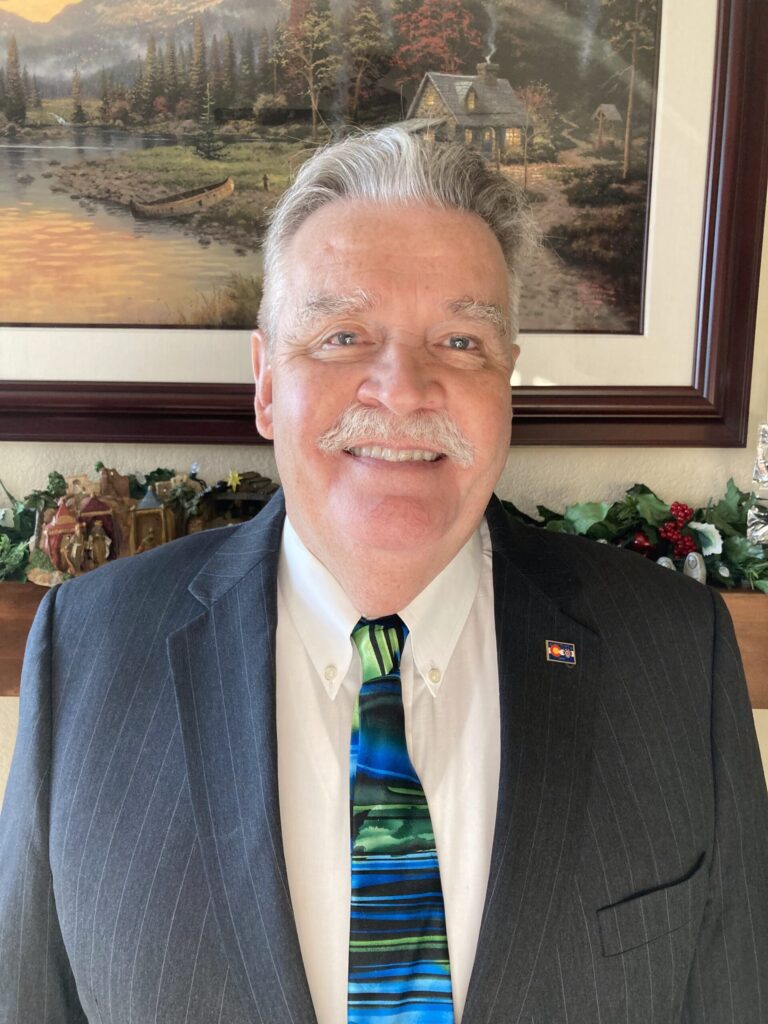Buck: Government red tape must be cut on water storage projects

In Northern Colorado, water is life for our farmers, ranchers, and cities. Unfortunately, government regulation and red tape has limited the available water, harming the economy and Colorado families.
The story in Northern Colorado goes something like this. The region is a breadbasket, contributing significantly to the world’s agricultural bounty. The area is also a great place to live, which is why Weld County has, for instance, grown at a clip three times faster than the national average in the first part of this decade.
All these crops, animals, and people living in a semiarid climate demand a lot of water. There’s no shortage of liquid gold flowing through the rivers in the region, but there’s simply no way to store the water.
In 2015, more than 1.9 million acre-feet of excess water left our state.
To solve the problem, many Northern Colorado towns, cities, and water districts came together. Their solution to the water shortage issue, called the Northern Integrated Supply Project (NISP), would increase water storage through the development of two new reservoirs, all funded by the participating water providers.
The plan is widely supported in Northern Colorado, and desperately needed. But NISP has been significantly delayed by federal government bureaucracy. For more than a decade they’ve been cutting through red tape, spending more than $15 million in the process, hard earned taxpayer dollars expended that could have instead be used to educate our kids and maintain our roads.
At the core of NISP’s delay is the National Environmental Policy Act, which requires study after study on a project’s environmental impact. Before construction can begin, NISP is waiting for the completion of an Environmental Impact Statement (EIS). The Army Corps of Engineers oversees the c study process, following cumbersome federal rules. Though started in 2004, the participants are still waiting for a final decision on the EIS.
These delays cause real problems for real people in Colorado. The Strohauers are fourth generation farmers based in LaSalle. They grow corn, wheat, potatoes, and other vegetables, but due to the lack of reliable water supply in Northern Colorado, they’ve had to move parts of their operation to states with more reliable water supply. Many of their employees have to make the tough choice of re-locating, finding a new job, or traveling south for large parts of the year to work on the new land. Along with the potatoes went the jobs, the tax revenue, and the communities.
Many of us live and work in Northern Colorado because we love the way of life and the community. But if we want our region to thrive, we must think strategically about the future.
Projects like NISP and other water storage efforts are the solution. They’re forward-looking and funded by the water providers themselves. We just need government to get out of the way so we can open the spigot on these ventures.
Communities should still assess the impact a project will have on the local environment, but these studies need to be done more quickly and efficiently. We should also encourage various government agencies to coordinate studies and streamline the approval process.
For Northern Colorado, Southern Colorado, and the rest of the United States to continue thriving, we need a more effective process for building water storage projects. We need to overhaul the National Environmental Policy Act and get government out of our water.














